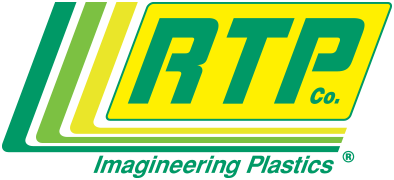Burning behavior of compounded thermoplastics is not just a material characteristic. It’s also dependent on the shape and wall thickness of the application. In Europe, flammability is tested using Glow Wire Tests according to IEC 695-2-1 and/or the Needle Flame test according to IEC 695-2-2.
Components or parts may, under faulty conditions or overload conditions, attain a temperature such that they are unduly affected or such that they will ignite parts in the nearby area. The Glow Wire Test simulates thermal stresses which may be produced by such sources of heat or ignition, for example the glowing elements of overloaded resistors, in order to assess by simulation technique the fire hazard.
Test procedure
Requirements
The specimen is consider to have withstood the Glow Wire Test if one of the following applies:




